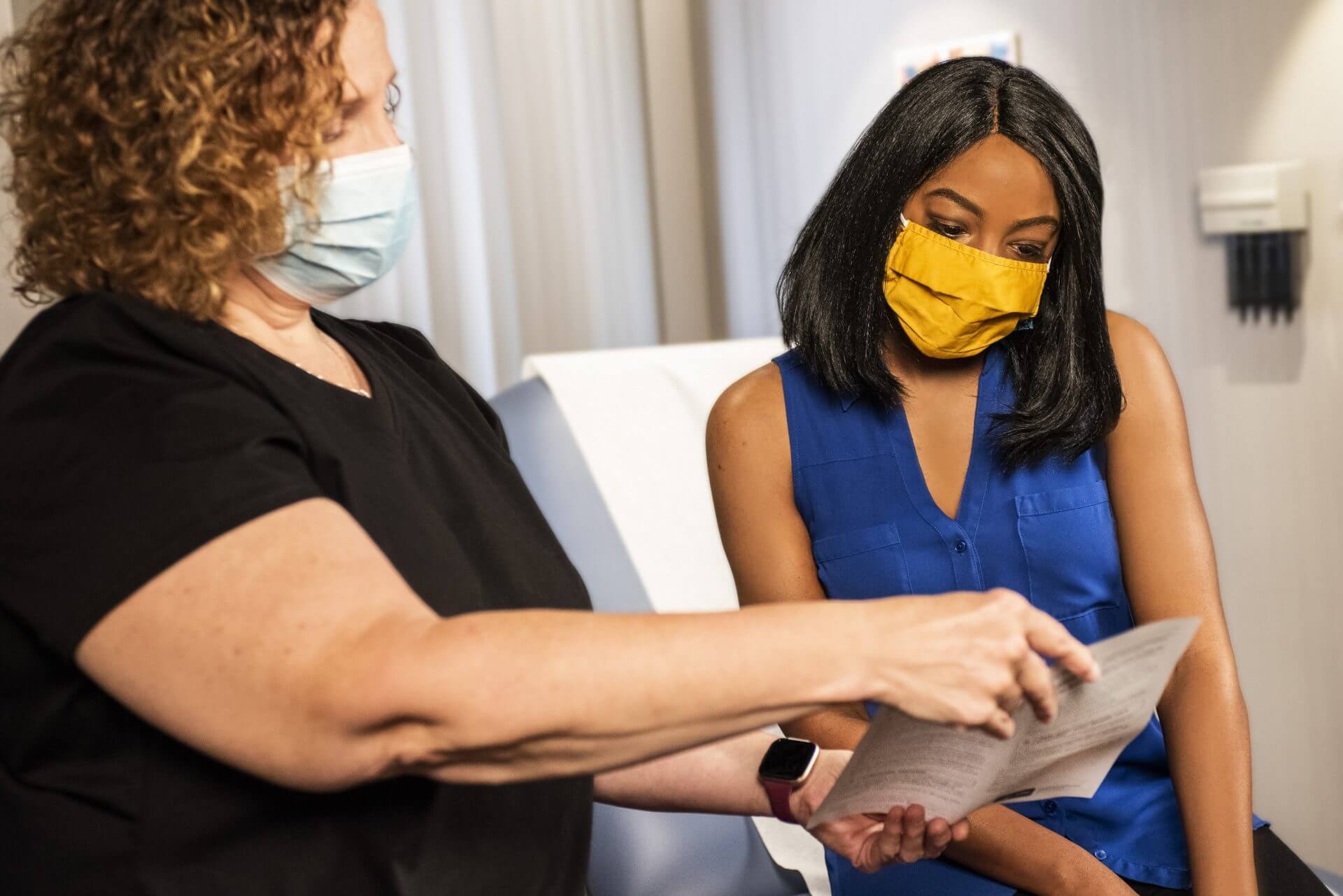
Healthcare fraud is a serious problem in the United States. Every year, innocent Americans are cheated out of billions of dollars by unscrupulous medical providers. This problem has been escalating in recent years, as the cost of healthcare has continued to rise.
The people who are most often victimized by healthcare fraud are those who lack the knowledge and understanding of the medical system. This includes seniors, low-income families, and those with limited English proficiency. These groups are often targeted by dishonest providers who know that they will not be able to detect fraudulent activity.
The best way to combat healthcare fraud is to educate yourself on the signs to look for. If you think you may have been a victim of fraud, you should report it to the proper authorities. By working together, we can help put an end to this rampant problem.
What does healthcare fraud look like?
There are many different types of healthcare fraud, but some of the most common include billing for services that were never rendered, performing medically unnecessary services solely for the purpose of generating insurance payments, and falsifying a patient’s diagnosis and medical record to justify tests, surgeries or other procedures that aren’t medically necessary. Healthcare fraud not only drives up the cost of healthcare for everyone, but it also puts patients at risk.
One type of fraud is known as \”upcoding.\” This occurs when a provider bills for a more expensive service than the one that was actually performed. For example, a doctor may bill for a brand-name medication when a generic was given, or charge for a more complex procedure than the one that was actually performed. Upcoding can also occur with diagnostic testing, such as nerve conduction studies and genetic testing.
In many cases, these tests are unnecessary and are ordered solely for the purpose of generating insurance payments. This not only wastes money but can also lead to false diagnoses and unnecessary treatment.
Another type of healthcare fraud is misrepresenting a non-covered treatment as a medically necessary covered treatment in order to receive insurance payments. This is often seen in cosmetic-surgery schemes, where patients are billed for non-covered procedures such as nose jobs or deviated septum repairs.
In addition to misrepresenting the type of treatment received, some providers may also falsify a patient’s diagnosis or medical records in order to justify tests, surgeries, or other procedures that aren’t actually necessary. This type of fraud not only wastes healthcare resources but can also be harmful to patients who may receive unnecessary and potentially harmful treatments.
How to protect yourself?
Keep your health insurance card like you would a credit card. In the wrong hands, this is an easy way for someone else to take advantage and steal from both parties involved with fraud schemes designed just so they can bill you. Be knowledgeable about what services are covered by your plan as well as those which aren\’t. Offers of free health care services, tests or treatments are often fraud schemes designed to bill you and your insurance company illegally for thousands of dollars of treatments. By being vigilant, you can help protect yourself from health care fraud.
When it comes to healthcare fraud, it\’s important to report any suspicious activity as soon as possible. By contacting your insurance company, you can help to prevent further fraudulent activity and protect yourself from financial loss. Experienced healthcare fraud attorneys know how to investigate healthcare fraud cases and build a strong case on your behalf, they can help you navigate the complex legal system and fight for the compensation you deserve.
If you suspect that you may be a victim of healthcare fraud, don\’t hesitate to reach out for help.



















